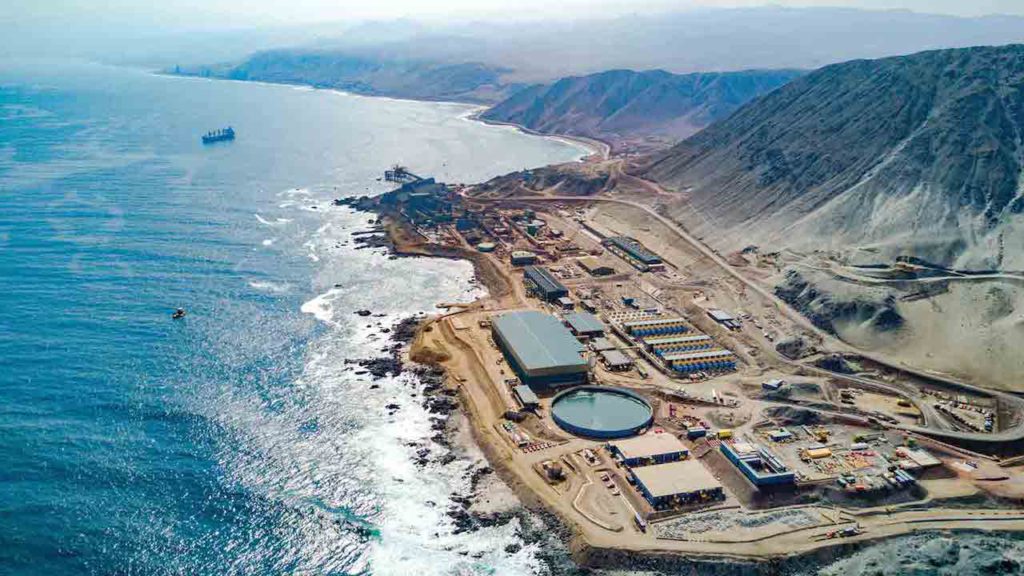
Chile’s aging copper mines will need to boost water and energy use over the next decade to maintain output as deposits decline in ore quality, a report from the state’s copper commission Cochilco showed on Thursday.
Energy consumption is expected to grow at a faster pace over the coming 10 years than the expected increase in mining production, the report showed, with electricity demand set to rise 31.4% and copper output by 20.7%.
Consumption of energy is estimated to grow to 34.2 terawatts per hour by 2034, up from 26.0 terawatts per hour in 2023.
Mining expansion, renovations and new projects will “take on increasing importance,” Cochilco said, going from 4.9% of electricity consumption to 44.1% in 2034.
Miners will increasingly get their energy from renewable sources, which are set to make up nearly 80% of the energy supply by 2026, according to Cochilco.
Meanwhile, water consumption is set to grow by 2.3% on average each year over the next decade, Cochilco estimated.
“It must be taken into account that the drop in copper ore grades means more water must be used to maintain production levels,” Cochilco said.
Seawater will make up 70% of all water supply as companies attempt to work around water constraints caused by drought and the fact that many of their operations are located in the arid Atacama desert in Chile’s north, according to the report.
Firms are increasingly pumping seawater directly to their operations or building desalination plants to process the water.
Both options require intensive energy use. By 2034, seawater pumping and desalination should consume 6.5 terawatts per hour, or one-fifth of all the energy consumed by the mining industry in Chile, Cochilco estimated.
By 2034, seawater consumption is expected to reach 16.53 cubic meters (m3) per second, a nearly 157% increase from 2022, said Cochilco head Joaquin Morales in a presentation accompanying the report.
(By Fabian Cambero and Kylie Madry; Editing by Alistair Bell)
Comments